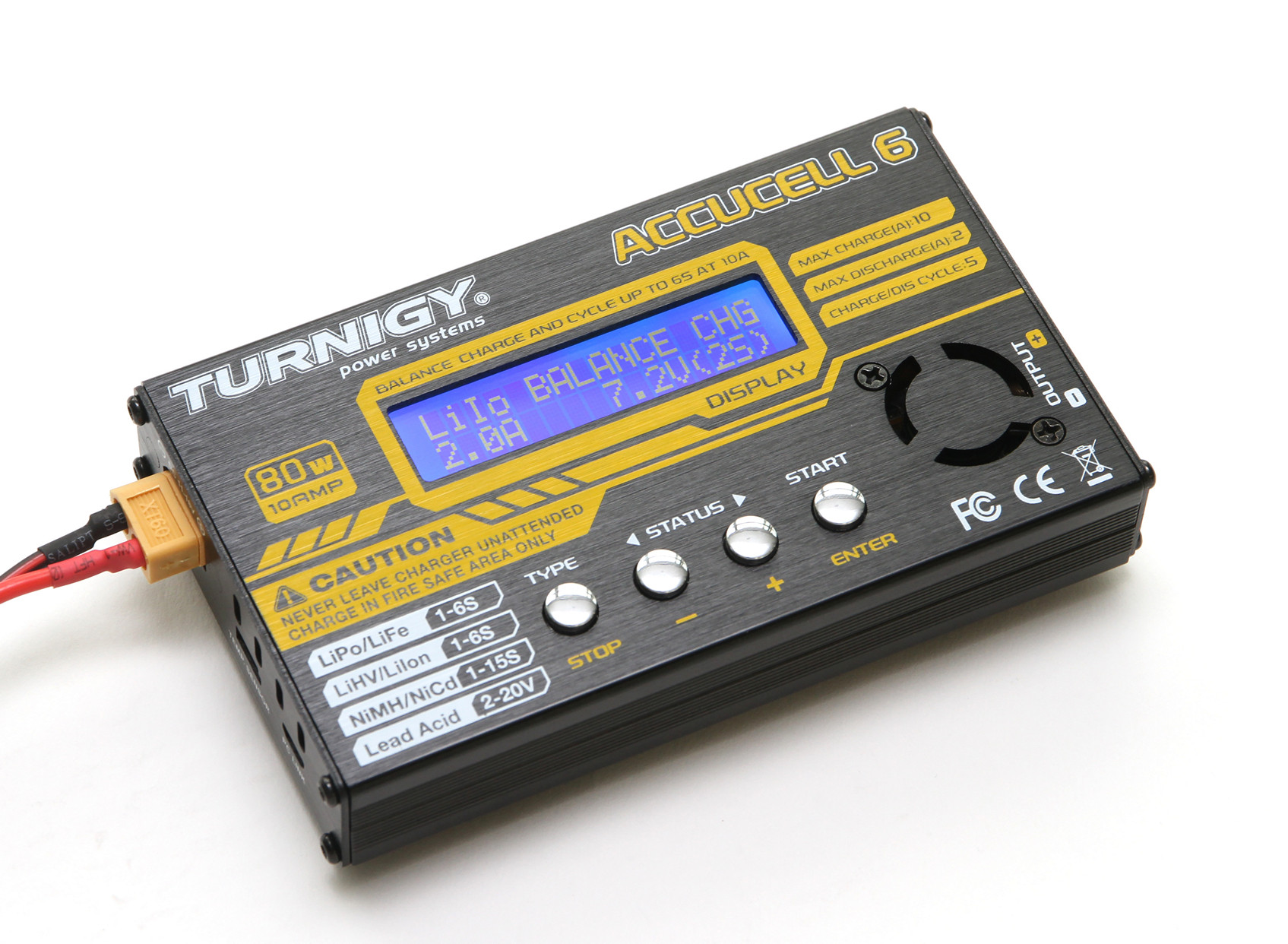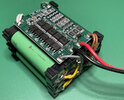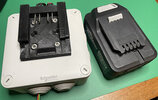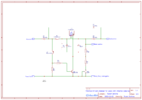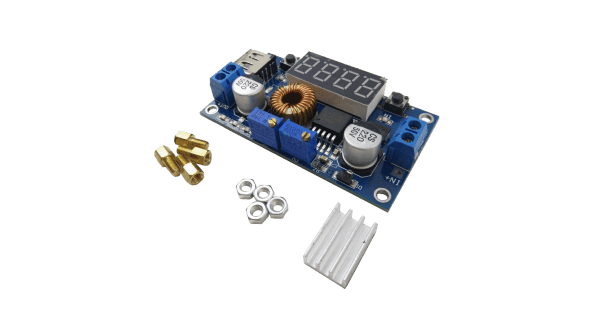Vizier87
Active Member
Hi guys, sorry if this has been extensively discussed. I've gone through posts in ETO on similar issues but I still had a few concerns.
Based on a week of Googling and watching videos on managing 18650 Li-Ion batteries, I came to a few conclusions:
If we want to do away with the bulky balance chargers, then:
1. We need Battery management systems (BMS) like these for mitigating overcharge, over-discharge, and short-circuits.
2. BMS modules does NOT perform balance charging.
3. If you want to recharge a, say, 3S battery pack made of the 18650 cells, you need a separate constant current, constant voltage module.
4. If you want to BALANCE charge, you need to install separate balancing module like these?
Did I understand this correctly?
Any corrections to my understanding is very much welcome.
Thanks!
Vizier87
Based on a week of Googling and watching videos on managing 18650 Li-Ion batteries, I came to a few conclusions:
If we want to do away with the bulky balance chargers, then:
1. We need Battery management systems (BMS) like these for mitigating overcharge, over-discharge, and short-circuits.
2. BMS modules does NOT perform balance charging.
3. If you want to recharge a, say, 3S battery pack made of the 18650 cells, you need a separate constant current, constant voltage module.
4. If you want to BALANCE charge, you need to install separate balancing module like these?
Did I understand this correctly?
Any corrections to my understanding is very much welcome.
Thanks!
Vizier87



